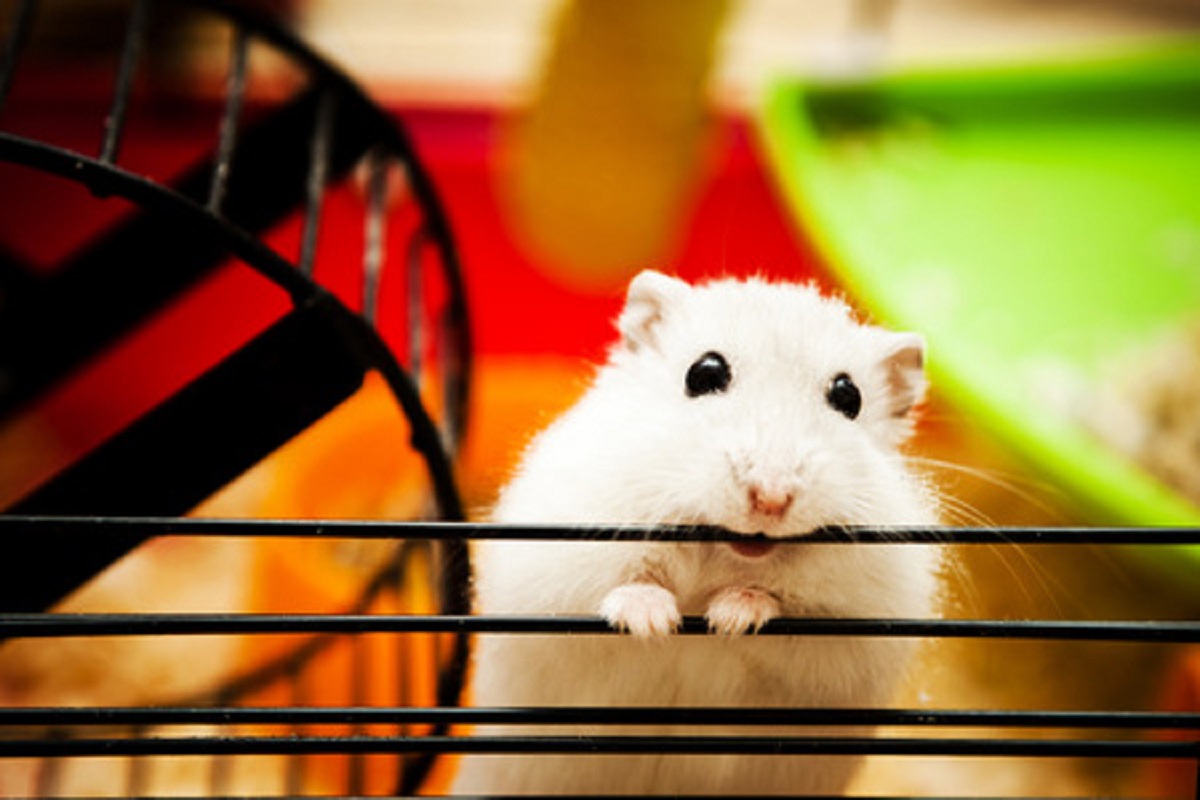How to Handle Common Hamster Problems
December 26, 2016
Hamsters are often considered to be great starter pets for kids and adults alike, but they usually need the most supervision and care. The key to making sure your hamster remains happy and healthy is a varied, natural diet and clean living accommodations. Providing the correct kind of bedding, for instance, especially helps keep hamsters free of parasites. Even with the right precautions, however, hamsters can contract something, become hurt, or display negative symptoms, such as hair loss, redness, irritated skin, dandruff, small scratches, lice, or wet tail in the case of parasites. Just so you are better prepared, here are some common problems you may find with hamsters.
Wet Tail
Wet tail is a common symptom of stress in hamsters, which can occur due because of a change in surroundings, the presence of another hamster’s environment, or when there's a buildup of bacteria in their cage. Symptoms include diarrhea, loss of appetite, sudden weight loss, lethargy, and a strong pungent odor. Wet tail can be fatal and should be treated by your vet immediately after the hamster shows any of the symptoms.
Tumors
Tumors are common in older hamsters. Because hamsters have a fast metabolic rate, tumors can grow quickly. Mammary tumors are the most common and are likely to be cancerous. When handling your hamster, which should be done often, check regularly for lumps on its body.
Long Nails
Long nails are often an issue for older hamsters, and they tend to grow rapidly. Keeping items like fruit tree wood in the hamster’s cage can help file its nails down as it climbs it. You can also have your vet’s nurse trim the hamster’s nails if needed. When their nails are longer, hamsters can get caught in the bars of mesh cages and may need a closer eye kept on them.
Cuts
A hamster’s cage is just one of several causes behind a scratch or a cut. Rubbing against sharp objects in its cage, rough bedding, or bites from another hamster can cause scratches and cuts. Minor cuts may stop bleeding and won’t need treatment. However, if a cut doesn't stop bleeding after a few minutes, you may have to provide first aid.
Hold a piece of cloth or tissue gently against the wound to help stop blood flow. If blood flow continues, you can add all-purpose flour to help clotting. Neosporin can also work—just dab a small amount with a Q-tip. Some pet owners have tried Manuka honey to help cover minor wounds. If your hamster experiences a larger wound, it’s best to take it to the vet immediately.
Copyright: chevu / 123RF Stock Photo


.jpg)




